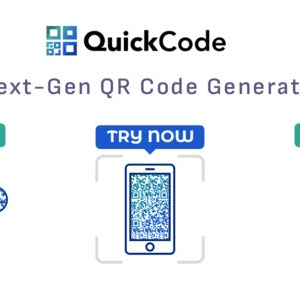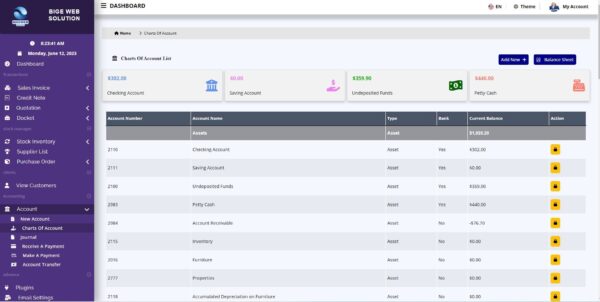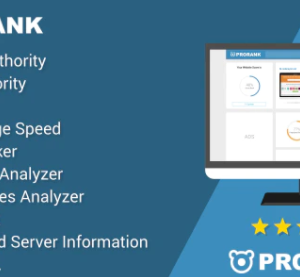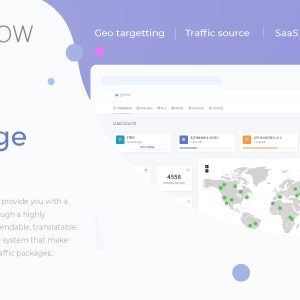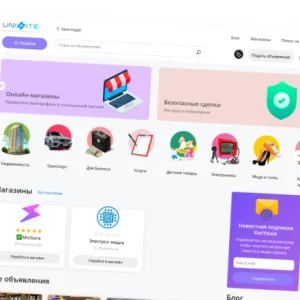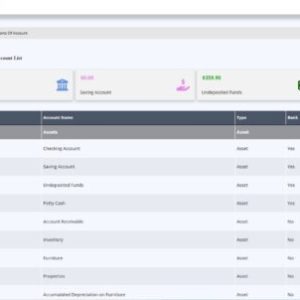Description
Emitech PHP Invoice System v1.6
Developer Site
An invoice system is a software application that helps businesses create and manage invoices. It allows businesses to generate professional invoices, track payments, and manage customer information. With an invoice system, businesses can streamline their billing processes, reduce errors, and improve cash flow. Additionally, invoice systems can also provide businesses with insights into their financial performance and help them make data-driven decisions.
Features
Responsive and Informative dashboard.
This system has been developed to have lots of information which can help the user to keep track of their system and business performance. Dashboard designed to fit into different devices with different screen layout.
Sales Inventory Manager
- By keeping track of inventory levels, you can avoid running out of stock or ordering too much inventory that may lead to waste.
- With inventory tracking, you can easily identify which products are not moving and adjust orders accordingly, which can help streamline your business operations.
- You can ensure that your stock levels match your sales, which helps you maintain accurate financial records.
- By analyzing inventory data, you can predict future demand for products and plan accordingly.
- By having accurate inventory records, you can quickly fulfill orders and make sure your customers receive their products on time.
Overall, inventory tracking can help you save time, money and increase profitability for your business.
With this invoice system, your can send email to your customer with a single click and custom messages.
Chart of Account.
A Chart of Accounts is a list of all the accounts used by a business to record financial transactions. It is a systematic way of organizing and categorizing a company’s financial data, which helps in accurate financial reporting and analysis. A Chart of Accounts typically includes the following categories:
- Assets: Resources owned by the business, such as cash, inventory, property, and equipment
- Liabilities: Amounts owed by the business, such as loans and accounts payable
- Equity: Money invested in the business by owners, as well as retained earnings
- Revenue: Income generated from the sale of goods or services
- Expenses: Costs incurred in the course of doing business, such as rent, salaries, and utilities
- Cost of Goods Sold: The direct costs associated with producing goods sold by the business.
The Chart of Accounts is tailored to meet the specific needs of each business and can be customized based on the industry, size, and complexity of the organization. It is an essential tool for financial management, budgeting, and decision-making.

